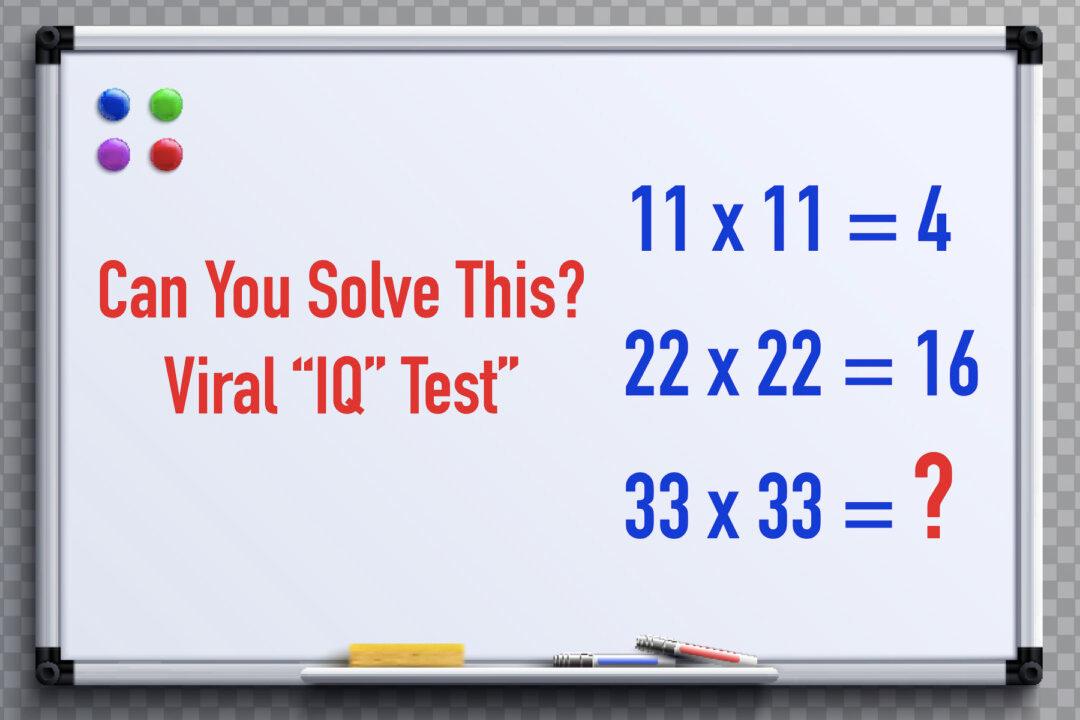A perplexing math puzzle is doing the rounds online, intriguing people with the claim that only geniuses are able to solve it.
On the face of it, the puzzle looks simple: If 11 × 11 = 4, and 22 × 22 = 16, then what is 33 × 33 = ? People are engaged in heated debate over the true answer, so before reading ahead, try it for yourself; what do you think the answer could be?




